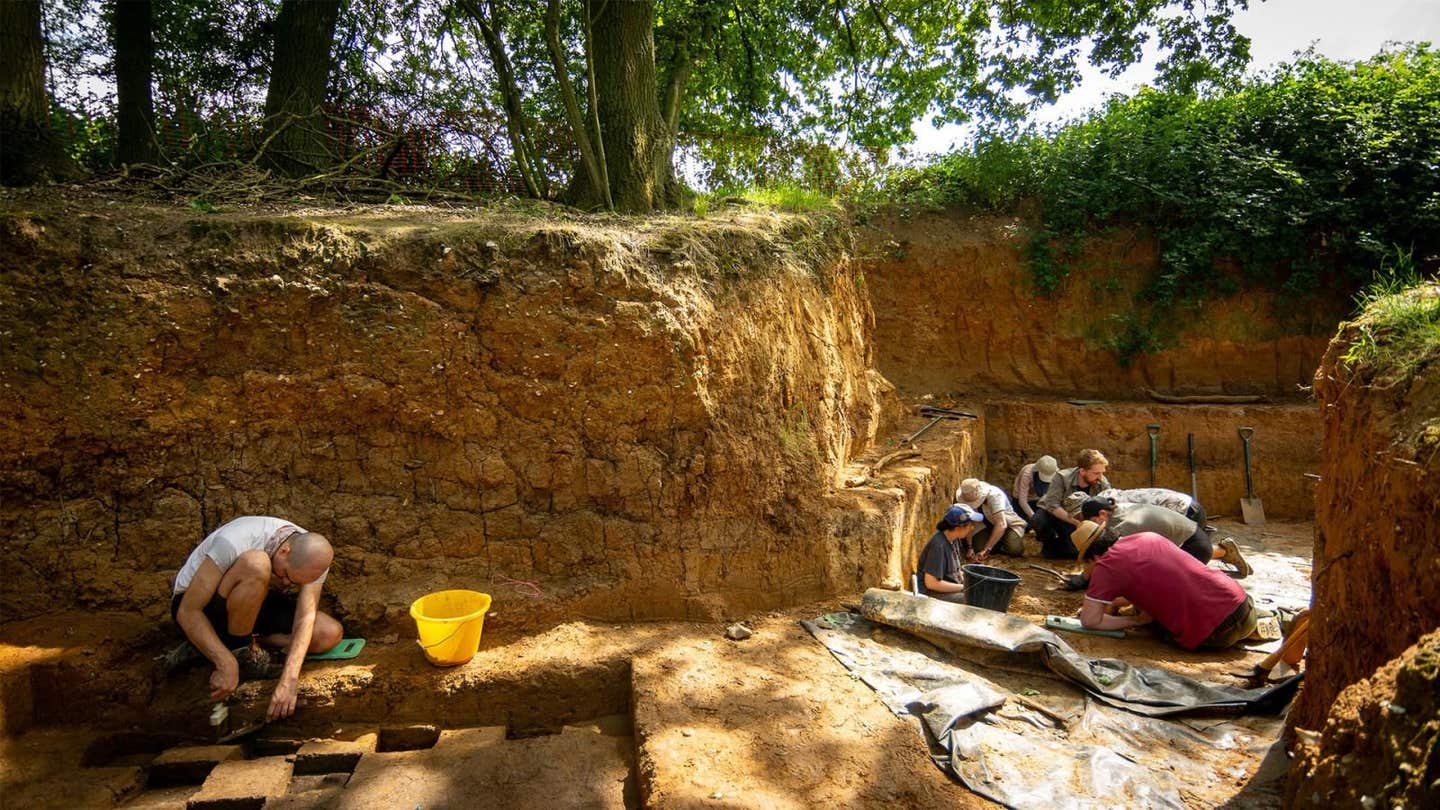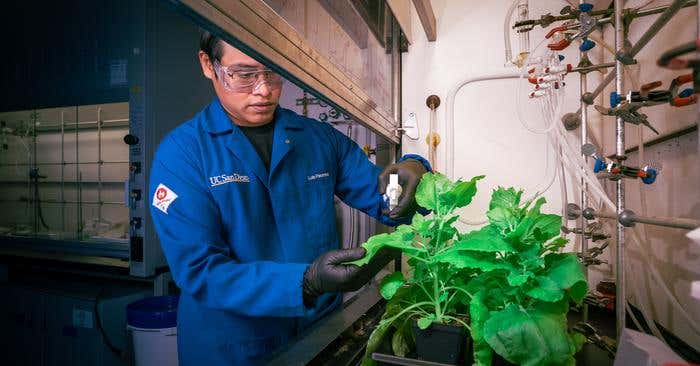Humans may actually have a one-track mind after all, study finds
This unique wiring in humans enhances the efficiency and capacity of the brain to process information potentially influencing development

A new study from Charité – Universitätsmedizin Berlin, published in Science, challenges previous assumptions about the wiring of nerve cells in the human neocortex compared to mice.
The study reveals that while human neurons communicate in a one-way direction, signals in mice tend to flow in loops. This unique wiring in humans enhances the efficiency and capacity of the brain to process information, potentially influencing the development of artificial neural networks.
The neocortex, a critical component of human intelligence, measures less than five millimeters in thickness. Within this thin outer layer of the brain, approximately 20 billion neurons process various sensory inputs, formulate actions, and underpin consciousness. The mode of operation of these neurons largely depends on their interconnections.
Prof. Jörg Geiger, Director of the Institute for Neurophysiology at Charité, explains that prior understanding of neural architecture relied heavily on findings from animal models like mice.
In these models, neighboring neurons often engage in reciprocal communication, forming recurrent loops of information flow.
However, the human neocortex, despite its complexity and thickness compared to that of mice, was assumed to follow similar connectivity principles due to limited data.
Related Stories
To investigate further, researchers led by Geiger utilized rare tissue samples obtained from 23 individuals who underwent neurosurgery at Charité for drug-resistant epilepsy treatment.
With the patients' consent, brain tissue removed during surgery was repurposed for research.
Employing an enhanced version of the "multipatch" technique, the team could monitor signals between up to ten neurons simultaneously, allowing for comprehensive mapping of the network before cellular activity ceased.
Their analysis revealed that only a small fraction of human neurons engage in reciprocal communication, with information predominantly flowing in one direction. Dr. Yangfan Peng, first author of the study, explains that this forward-directed signal flow offers advantages in data processing.
Using computer simulations based on human and mouse network architectures, the researchers demonstrated that the human-like model outperformed its mouse counterpart in a speech recognition task, requiring fewer neurons for equivalent performance.
Peng highlights the efficiency of the directed network architecture, suggesting that it allows more independent neurons to handle multiple tasks simultaneously, thus enhancing information storage capacity. However, the extent to which these findings apply to other cortical regions or explain unique human cognitive abilities remains uncertain.
The study's implications extend beyond neuroscience, potentially impacting artificial intelligence (AI) development. While AI developers have drawn inspiration from biological models, they have also independently optimized algorithms.
Geiger notes that the human brain's network principles resemble those already employed in some AI networks, indicating potential for further refinement.
Overall, the study sheds light on the cost-efficient information processing mechanisms within the human neocortex, offering insights that could guide advancements in both neuroscience and AI development.
About the study
The work was done in close cooperation between the basic research and clinical departments of Charité.
Under the leadership of the Institute of Neurophysiology, the following were involved: the Department of Neurosurgery, the Department of Neurology with Experimental Neurology, the Institute of Integrative Neuroanatomy, the Department of Neuropathology, the Neuroscience Research Center, and the NeuroCure Cluster of Excellence, with support from the University Clinic for Neurosurgery at Evangelisches Klinikum Bethel and the Institute of Neuroinformatics at ETH Zurich.
For more science news stories check out our New Discoveries section at The Brighter Side of News.
Note: Materials provided above by The Brighter Side of News. Content may be edited for style and length.
Like these kind of feel good stories? Get the Brighter Side of News' newsletter.



